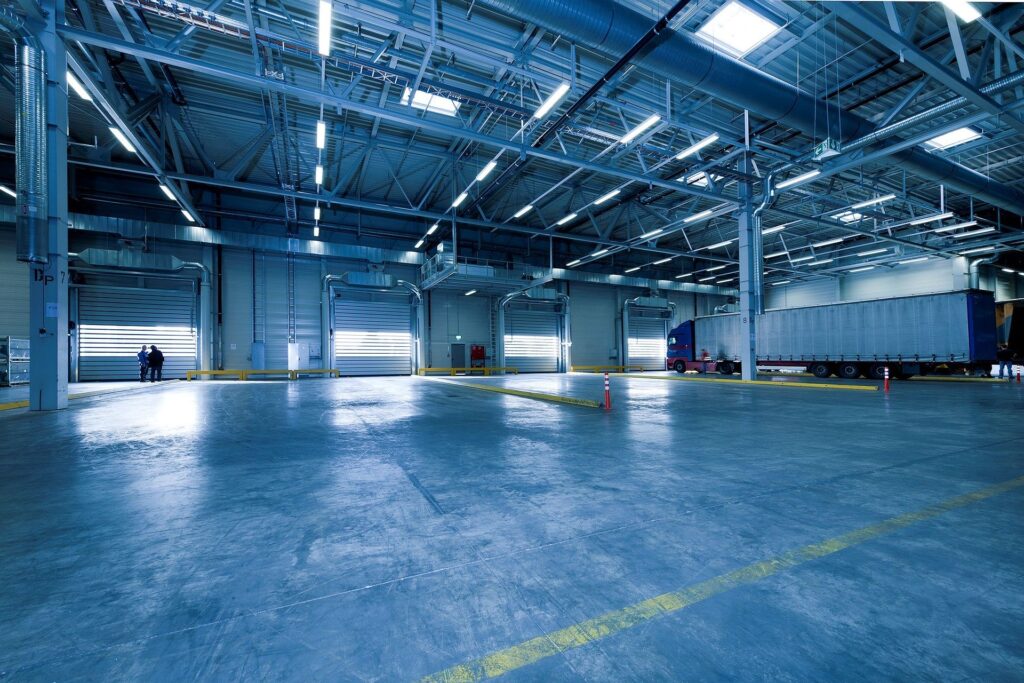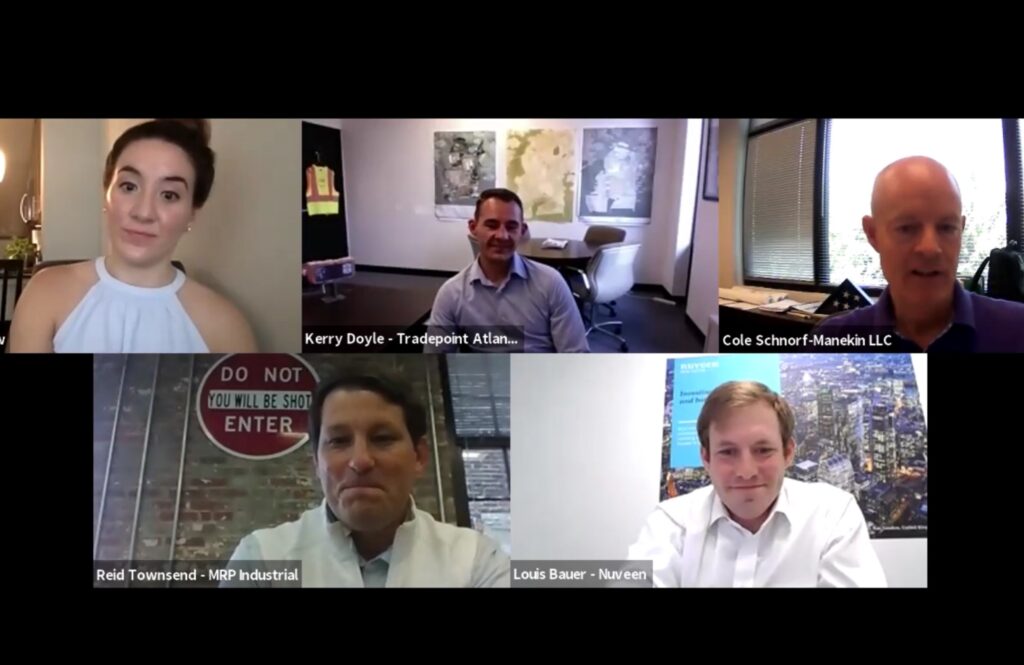
August 20, 2020 – Industrial real estate, already the most prolific sector in recent years, continues to gain traction due to the “cultural shift in consumer buying habits and the way goods are distributed, with many bypassing traditional locations and delivered directly to residences.” That was one of the observations expressed by Reid Townsend, Founding Principal of MRP Industrial, during a recent webinar hosted by Bisnow.
Maryland is well positioned to take advantage of this continuing trend, with less expensive land translating to lower lease rates.
“Maryland has a high value proposition as other markets continue to experience rapid rent growth,” Townsend said. “Starting rents in our Central New Jersey projects now exceed $7.00 per square foot, are high-$6.00 per square foot in the Lehigh Valley, but remain close to $5.00 per square foot in Harford and Cecil County. While real estate costs are one of several factors to consider, these spreads can make a meaningful difference for regional requirements.”
The pandemic and shelter-in-place orders accelerated the ongoing shift to ecommerce.
“I was speaking with a distributor of wine and spirits and they typically ship 10,000 cases of product each weekend, but they were on track to distribute more than 28,000 cases during the upcoming period,” Townsend said.

That shift is creating new facilities needs for ecommerce companies, said Manekin’s Cole Schnorf. “With the lack of land supply near major population centers, there exists a sense of urgency among companies with logistics requirements to act quickly and decisively, which is driving decision-making.”
That urgency is prompting some companies to lease space before they even need it.
“The global trade war and pandemic exposed weaknesses in the supply chain and we are now finding tenants leasing space on a ‘just in case’ basis, rather than waiting for the actual need when space might not be available,” explained Kerry Doyle, Managing Director of Tradepoint Atlantic. “The Maryland region is significantly helped by the strong labor market and its proximity to major population centers with slightly lower rents. The past four months is the busiest we have ever experienced.”
Speculative development of cold-storage facilities, however, is not especially attractive among development groups.
“Costs are high and there exists too much variance concerning optimum temperature ranges required by the end-user and the exact storage specifications required, which adds to the risk involved,” Schnorf explained.